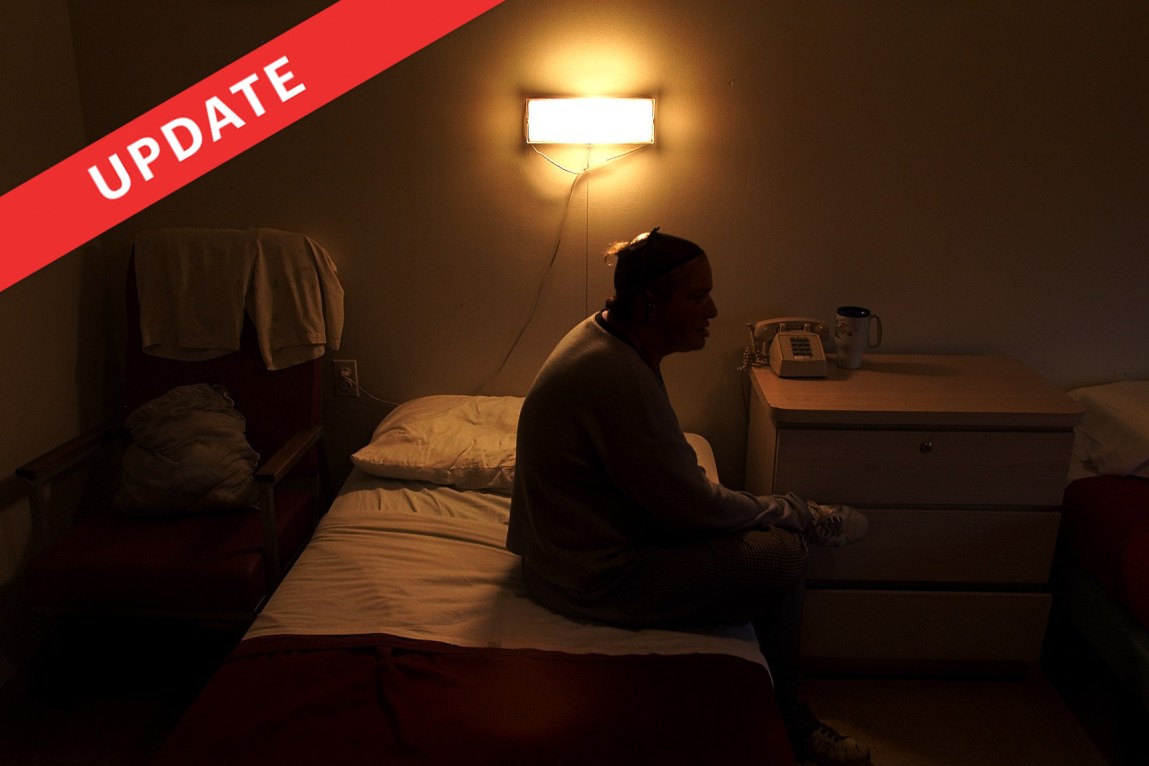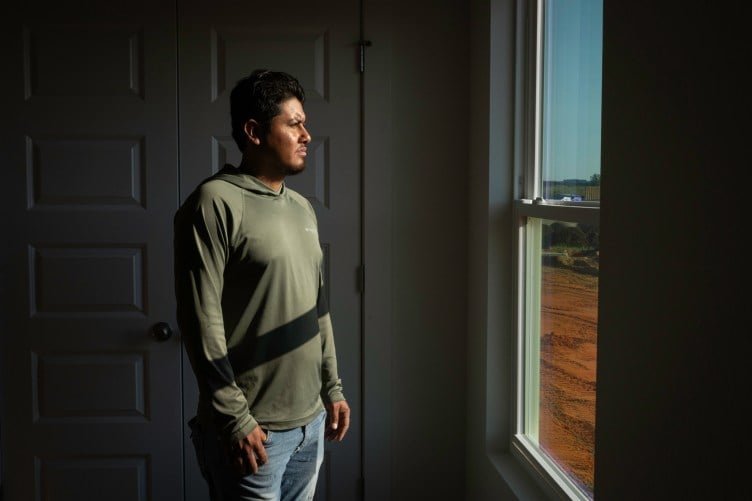New York state’s failures in moving hundreds of mentally ill residents into more humane living conditions are worsening, plagued by delays and a potentially suspect evaluation process, according to a court-appointed monitor.
Under the terms of a landmark settlement, the New York State Department of Health in 2014 was ordered to assess and then relocate residents of many of the state’s scandal-scarred adult homes — facilities that had for years been warehousing the mentally ill in squalid and often violent conditions. An independent monitor was installed as part of the settlement to ensure the state met its obligations to move residents into safer and better-supported housing arrangements.
Earlier this month, in the latest critical report, the monitor warned that the relocation process had bogged down in delays, with the number of residents stuck in the assessment phase nearly doubling, many of them for months on end. Indeed, the percentage of residents whose “assessment phase” had lasted at least six months grew from 32 percent to 58 percent.
“It is apparent the implementation of the settlement agreement has not proceeded as originally anticipated and that the pace of transitions of class members who are interested in moving to supported housing or other community residential alternative has been slower than envisioned,” the monitor wrote in a report filed in federal court in Brooklyn in April.
In the report, the monitor also raised concerns about the quality of the assessments being done. The assessments are meant to determine everything from a resident’s desire to be relocated to their ability to function in a more independent environment.
But the monitor noted sharp increases in the number of residents recorded as having declined assessments, as well as the number of residents reported to have declined the chance to move out of the adult homes.
The dozens of large adult homes in New York City had been the subject of a series of investigative newspaper reports in 2002, and lawyers later sued on behalf of the residents to end what had been years of neglect and exploitation at the for-profit homes. After more than a decade of legal fighting, a federal judge in Brooklyn in 2014 signed off on a formal plan to improve the living conditions and care for the thousands of adult home residents.
In a jolting development earlier this year, the judge, Nicholas Garaufis, accused the state and the operators of the adult homes of colluding to sabotage the court-ordered settlement. The judge openly suggested that the state and the adult home industry were conspiring to get out from under stricter regulations developed as part of the settlement and meant to limit the numbers of people living in the adult homes at any given time.
Since then, lawyers for the residents, the state and the adult homes have been scrambling to address the judge’s concerns.
The monitor is Clarence Sundram, who for 20 years served as chairman and chief executive officer for the Commission on Quality of Care, an agency that oversees services for the mentally ill throughout New York state. Sundram and his team have identified concerns in the implementation of the settlement repeatedly in the years since it was signed.
In the April report, he gave the state and city some credit, but said that “flaws in the transition process described in previous reports continued to hobble the pace of progress. The bottleneck that is the assessment process continues to be a significant impediment to quicker movement through the process, and it may be having an effect on the interest of class members taking advantage of the opportunity.”
Sundram found that some adult home occupants grew so weary and “disheartened” by delays in the assessment and transition process that they no longer wished to leave at all. The number of people stuck in the assessment process had grown by a large margin in the past two years from 449 in 2015 to 811 in 2017.
Read More
He also found that people had applications to move rejected for reasons that seemed unjustified or unclear. As of December of last year, 67 people who applied for housing outside the homes had been rejected due to their level of “dangerousness,” but it seemed to Sundram that many of those people who fell into this category did not in fact exhibit danger to themselves or others.
Further complicating the process, Sundram found that the private contractor put in charge of assessing adult home occupants determined that many of them do not in fact have a “serious mental illness,” and therefore should not necessarily receive benefits under the settlement at all.
Sundram said this demonstrates a lack of clarity for what defines mental illness and that the Department of Health ought to issue more specific guidelines to its contractor on that. It was not the first time he had made a recommendation on how to make improvements.
Throughout the report, Sundram took care to note that many of the delays are longstanding. He outlined several specific recommendations to speed things up and noted that he had done so repeatedly. He said some of those recommendations had been adopted but “the time lag in doing so has been too great to overcome the cumulative effects of the initial slow progress.”
Judge Garaufis, in hearings earlier this year, said he thought the state and the adult home operators had sought to upend the settlement in part because they were behind schedule in meeting its mandates. Under the terms of the settlement, by July 2017, the state is supposed to have assessed at least 2,500 adult home residents and to have helped move out those appropriate. By December 2016, Garaufis noted, it had only assessed 1,545 residents and moved 472 residents into supportive housing.
In a statement issued last month, the Department of Health said it, in fact, was on schedule to meet the requirements of the court order. To date, a spokesman said, the state had provided information on the option to move to 4,406 individuals.
The spokesman, Gary Holmes, reiterated his statement for this story:
New York remains fully committed to supporting adult home residents and we are working tirelessly to meet the requirements of the settlement agreement. The State is on schedule to assess over 2,500 people by this summer and has been steadily increasing the speed with which people are moved to supportive housing. We anticipate that all individuals in the settlement class who wish to move to supportive housing will be able to do so by next summer. On schedule.











